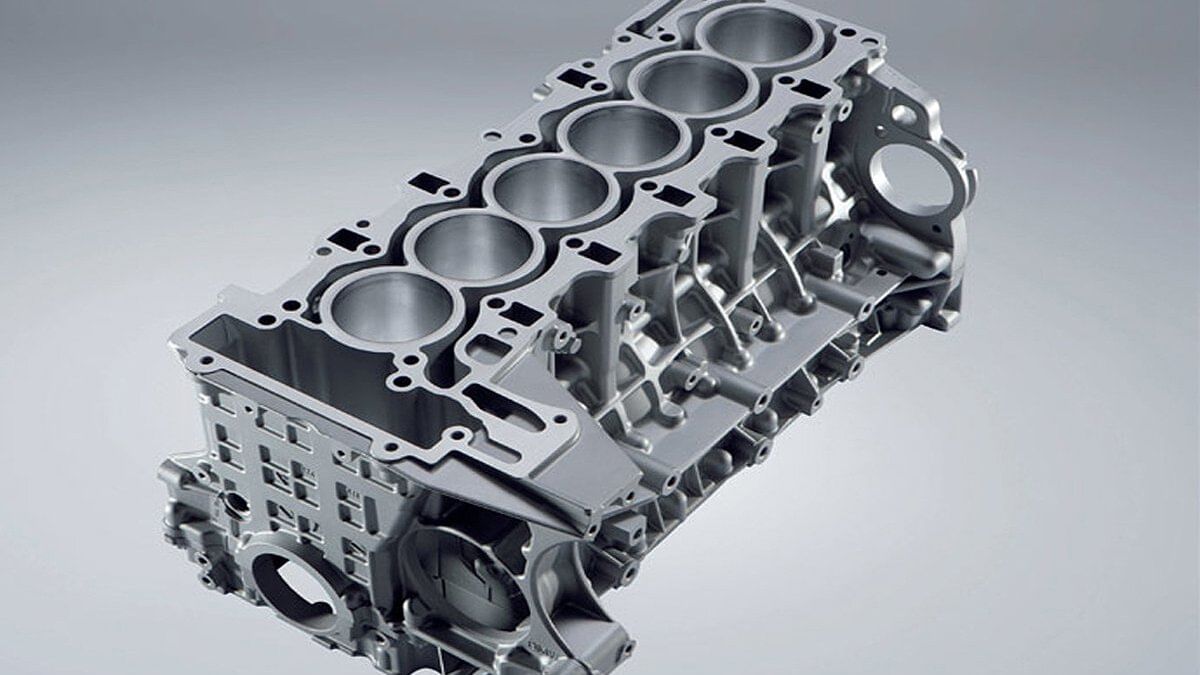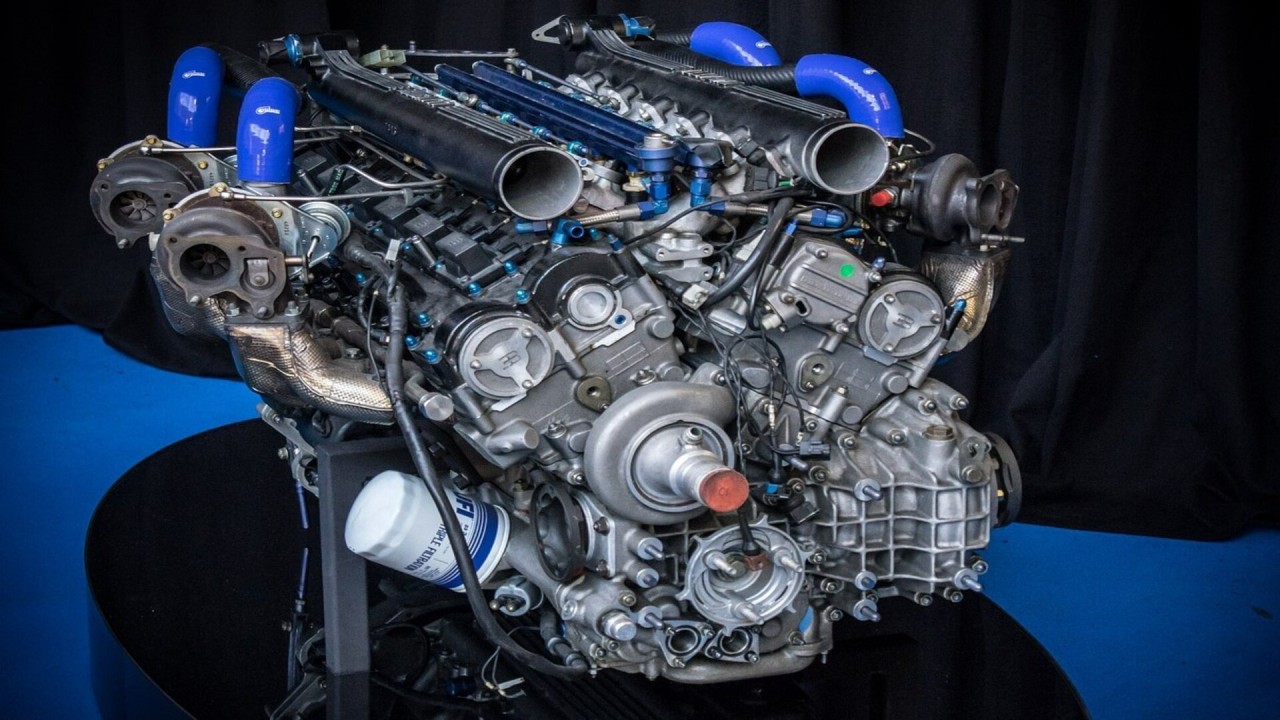The Mission for Ultimate Driving Power: Examining the Pinnacle of Engine Performance and Technological Breakthroughs in the Automotive Industry
In the realm of automobile design, the quest of optimum driving power has actually been an unrelenting pursuit that has unfolded through the development of engine style and the combination of sophisticated technologies. From the meticulous craftsmanship of combustion engines to the rapid developments in electrical propulsion systems, the automobile field stands at the cusp of a brand-new era defined by extraordinary efficiency capabilities.
Evolution of Engine Design

Moreover, the integration of turbocharging and supercharging modern technologies has reinvented engine design by improving power without considerably boosting engine dimension. These forced induction systems compress the consumption air, allowing for more fuel to be ignited, thus creating higher power result from a smaller engine. This innovation has been specifically vital in enhancing the performance of smaller sized displacement engines while preserving gas performance requirements.

Performance-Enhancing Fuel Technologies
The application of innovative fuel modern technologies has dramatically contributed to improving engine performance in contemporary lorries. Biofuels, derived from eco-friendly sources like sugarcane, corn, or algae, deal boosted and reduced exhausts engine efficiency. Furthermore, gas additives and cleaning agents are being formulated to tidy engine components, maximize combustion, and decrease rubbing, therefore boosting general automobile efficiency.
Advancements in Electric Propulsion
Considerable strides in electrical propulsion modern technology have actually revolutionized the automobile market, leading the way for a new era of effective and sustainable transportation. Electric automobiles (EVs) are obtaining appeal as a result of their ecological advantages and advancements in battery technology, enabling longer driving varieties and shorter charging times. Producers are investing heavily in r & d to enhance the performance of electric propulsion systems, concentrating on raising power result, boosting power effectiveness, and minimizing general weight.
One remarkable innovation in electrical propulsion is the advancement of sophisticated electric motors that deliver higher torque and power density, resulting in improved acceleration and overall driving performance. Additionally, regenerative stopping systems have been fine-tuned to catch and store energy throughout slowdown, further enhancing the performance of EVs.
Furthermore, the integration of clever innovations, such as artificial knowledge and predictive analytics, is maximizing the administration of electric propulsion systems, making certain ideal performance under different driving conditions. These innovations in electrical propulsion are reshaping the vehicle landscape, driving the market in the direction of a much more lasting and amazed future.
Impact of Computational Liquid Dynamics
With improvements in electric propulsion pressing the limits of automotive modern technology, the combination of Computational Fluid Characteristics is playing a pivotal duty in enhancing wind resistant performance and improving total performance in vehicle design. Computational Liquid Dynamics (CFD) entails the use of computer simulations to examine his comment is here the flow of air around an automobile, enabling designers to anticipate exactly Full Report how layout changes will influence aerodynamics without the need for expensive physical models. By accurately modeling air flow patterns, CFD enables for the improvement of vehicle shapes to minimize drag, boost air conditioning, and enhance stability.
CFD enables engineers to optimize airflow around components such as radiators, engine bays, and wheel wells, adding to boosted efficiency and total driving experience. In conclusion, the combination of Computational Liquid Dynamics represents a considerable action onward in the pursuit for best driving power and efficiency in the automobile industry.
Future Patterns in Engine Advancement
In the vibrant landscape of vehicle design, innovative advancements are forming the future trajectory of engine technology. The future of engine style is marked by a strong focus on performance, performance, and sustainability. Makers are increasingly concentrating on developing engines that not just deliver high power results but additionally prioritize ecological responsibility by minimizing emissions and improving fuel performance.
One prominent pattern in engine innovation is the increase of electrification. Crossbreed and electric powertrains are getting traction as feasible choices to conventional burning engines. These modern technologies use the possibility for considerable decreases in carbon exhausts and enhanced power performance, aligning with worldwide initiatives to battle climate modification.
Additionally, innovations in products science and manufacturing methods are making it possible for the manufacturing of lighter and more resilient engine elements. This shift in the direction of light-weight products such as carbon fiber and light weight aluminum alloys adds to improved performance and fuel economic climate.
Final Thought
In verdict, the search of ultimate driving power in the automobile industry remains to drive improvements in engine layout, gas innovations, electrical propulsion, and computational liquid dynamics. The development of these innovations imp source is forming the future of engine advancement, leading the method for a lot more reliable and effective lorries (engines for africa). As the sector remains to press the limits of what is possible, we can expect to see much more groundbreaking developments in the pursuit for peak efficiency
One of the crucial turning points in engine design evolution is the change from typical carbureted engines to modern-day fuel-injected systems. By exactly metering the fuel delivery to each cyndrical tube, fuel-injected engines enhance combustion, resulting in far better efficiency and decreased environmental impact.
Furthermore, the integration of turbocharging and turbo charging innovations has transformed engine design by boosting power without significantly increasing engine size (engines for africa).The execution of sophisticated fuel technologies has significantly added to boosting engine efficiency in modern vehicles. In addition, gas ingredients and cleaning agents are being created to tidy engine elements, enhance combustion, and reduce rubbing, therefore improving overall lorry efficiency